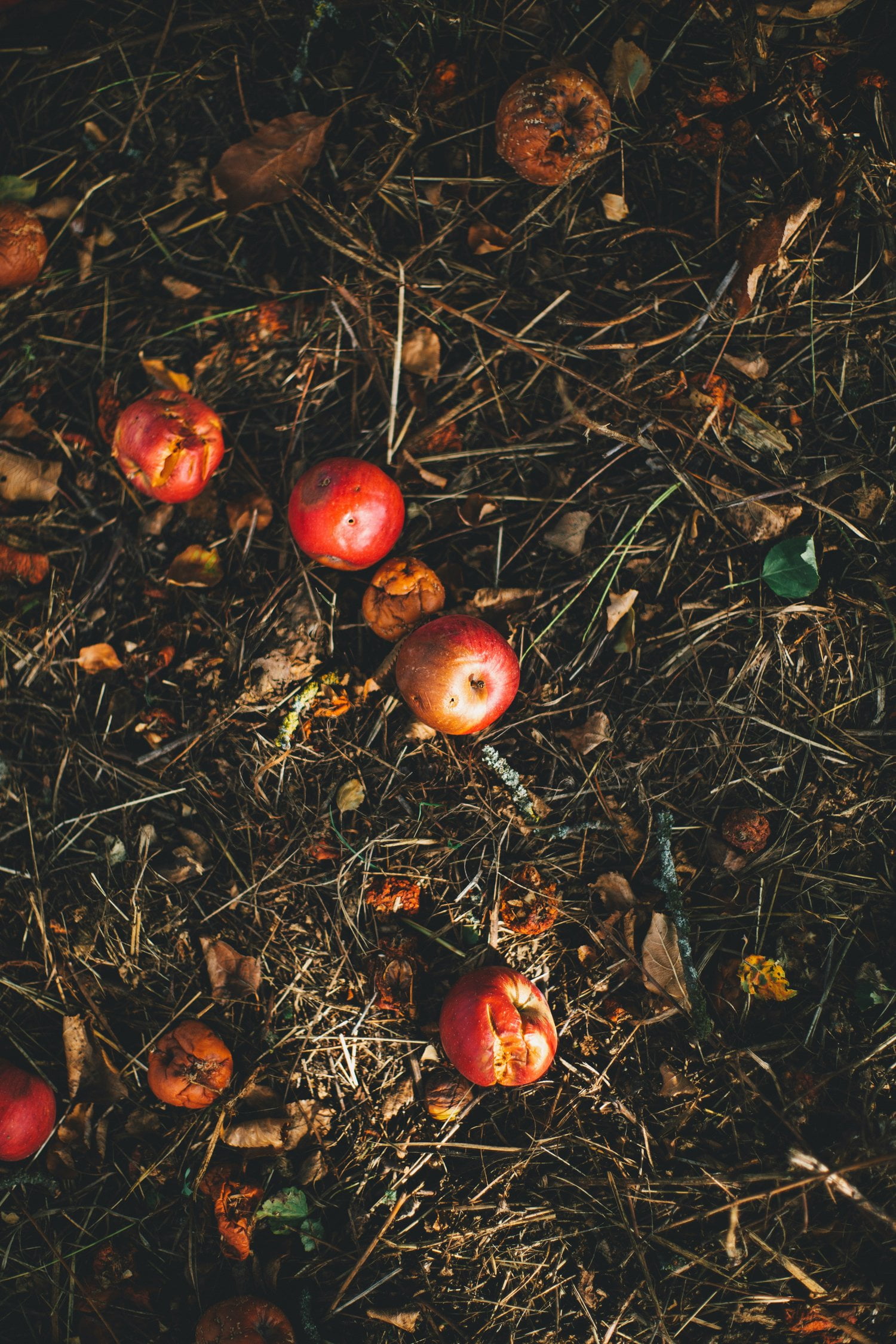What is biodegradable and why does it matter?
Photos: Sebastian Mast / Connected Archives

It’s common to see products and packaging labelled as biodegradable. It means that the item can break down naturally and safely in a short time. That’s better for the environment and for us. Ever wondered if paper is biodegradable? Or if you could buy garbage bags that are biodegradable? We have the answers for you.
What does biodegradable mean?
Objects that are biodegradable get broken down naturally by tiny organisms such as bacteria or fungi, and after a few months or years, they’ve been turned back into carbon dioxide, water and minerals. Unlike non-biodegradable materials that hang around in the environment for a long time, biodegradable materials can decompose relatively quickly without leaving behind harmful waste. According to the European Union’s standard, 90% of an object has to break down within six months for it to be called biodegradable.
Biodegradable vs compostable
Some biodegradable items are also compostable, meaning they can be turned into compost. Biodegradable is not the same as bio-based, which just means something is made (at least partly) from natural materials, or oxo-degradable, which applies to plastics that stay in the environment as microplastics – not good. Check which one of the above we’re talking about before you decide which bin an item goes in!
Examples of biodegradable materials
Various everyday items are biodegradable. Common examples of biodegradable materials include food scraps, natural fibers like cotton and hemp, and certain types of plastics made from plant-based sources (such as PLA).
Is paper biodegradable?
Yes and no. Paper in its basic form is biodegradable because it is made from plant materials. Paper is also compostable and recyclable. However, certain factors can influence how quickly paper breaks down. For instance, glossy or laminated papers may take longer to decompose due to added coatings or chemicals.
A good example is takeaway coffee cups, millions of which get thrown away each day. These cups are made from paper, but they are typically coated in a thin layer of waterproof plastic. So although they’re theoretically recyclable, it’s a specialist job, and only a tiny number actually get recycled. The vast majority end up with the rest of our trash, in landfill, or tossed on roadsides and beaches, where they’ll remain for decades. Switching to reusable coffee cups is a simple solution to this problem.
Biodegradable garbage bags
Growing awareness of the global waste problem has created demand for more sustainable alternatives to traditional plastic. One of these is biodegradable garbage bags. Unlike traditional plastic bags, biodegradable garbage bags are specifically designed to break down naturally over time. Made from plant-based materials such as cornstarch or vegetable oils, biodegradable garbage bags are a step away from fossil fuel-based plastics and a step towards responsible waste management and more sustainable living.
One caveat here is that bioplastics need to be disposed of and composted correctly to biodegrade, usually in industrial composting facilities. Bioplastics also compete with food production, as the crops needed to produce bioplastics can be used to feed people. A good rule of thumb is: the closer a biodegradable material is to its natural form, the faster and more easily it is likely to decompose.
What are the benefits of biodegradable materials?
Biodegradable materials have several benefits. They reduce the burden on landfill by breaking down naturally and safely. They won’t harm wildlife, clog up waterways or pile up on beaches. Additionally, biodegradable materials are often derived from renewable resources, making them more sustainable to produce compared to non-biodegradable alternatives. They are often safer for humans to use as well, for instance as food packaging. Finally, they can support a circular economy by becoming materials for new products.
How to identify and choose biodegradable products
One way to identify biodegradable products is by looking for certifications or labels on the packaging. These certifications, such as the Biodegradable Products Institute (BPI) certification or the European Union’s compostability standards (EN 13432), indicate that the product has met certain criteria for biodegradability.
It’s also important to consider the materials used to make a product. Biodegradable materials, such as plant-based plastics or natural fibers like bamboo, are more likely to break down naturally compared to non-biodegradable alternatives like traditional plastics.
By choosing biodegradable products, we can contribute to reducing waste and minimizing our environmental footprint. It’s a small but significant step towards supporting the planet and our own wellbeing.







